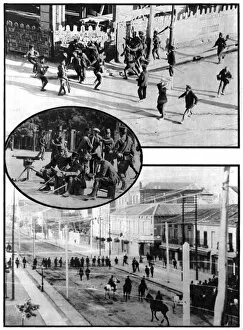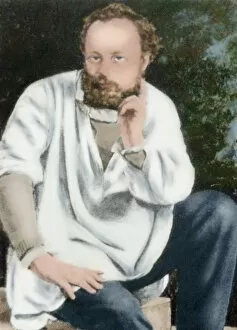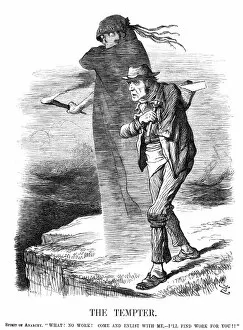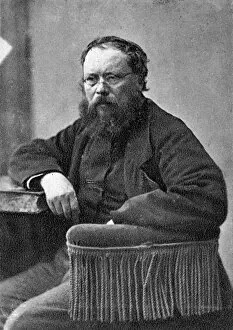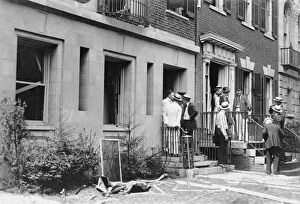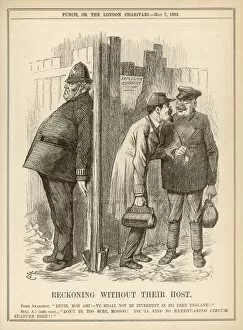Anarchism Collection (page 16)
Anarchism, a philosophy rooted in the rejection of hierarchical authority and the belief in individual freedom
For sale as Licensed Images
Choose your image, Select your licence and Download the media
Anarchism, a philosophy rooted in the rejection of hierarchical authority and the belief in individual freedom, has a rich history filled with influential figures and iconic events. From Kropotkin to Bakunin, these thinkers challenged societal norms and advocated for radical change. In the 14th century, iconoclasts defiantly threw miniature manuscripts into the fire, symbolizing their rebellion against oppressive systems. This act foreshadowed the spirit that would emerge centuries later. "Vive la Commune. " cried out English workers as they paid tribute to the French commune dedicated to empowering laborers. Anarchists like Proudhon played a significant role in shaping this movement by advocating for mutualist philosophies and socialist ideals. Henri Auvin, born in St-Meme (Charente-Inferieure), was an emblematic figure representing those who fought against societal constraints. As a chaudronnier or boilermaker, he embodied the working class's struggle for liberation from capitalist exploitation. The allegory of Hermann Stellmacher depicted an anarchist challenging established norms through his rebellious actions. This artwork captured the essence of anarchism's defiance against oppressive structures prevalent during that era. French cartoons showcasing anarchist newspapers highlighted how alternative media played a crucial role in disseminating ideas that questioned traditional power structures. These publications provided platforms for dissenting voices seeking social transformation. On September 12th, 1893, President Charles Dupuy continued a parliamentary meeting despite an anarchist bomb explosion at the House of Deputies earlier that day. The attack carried out by Auguste Vaillant sought revenge for Ravachol's execution by guillotine—an act emblematic of resistance against state-sanctioned violence. In another incident on November 8th, 1892, Emile Henry planted a bomb at the police station on Rue des Enfants-Rouges in Paris—a powerful act of defiance against oppressive institutions.



